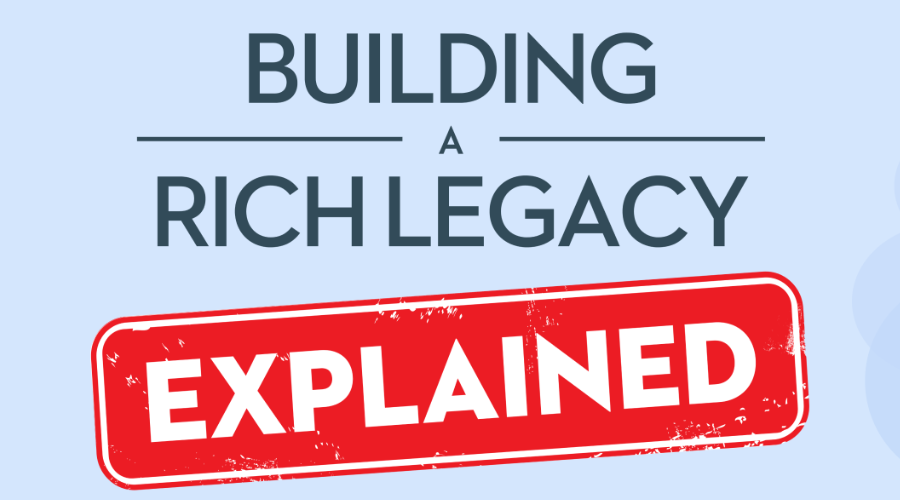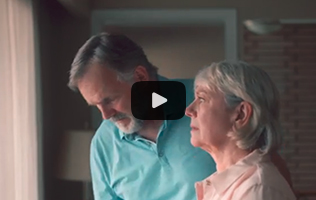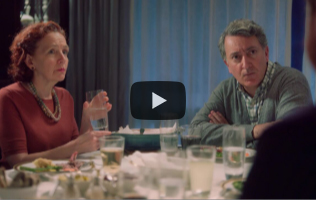Old Age Security (OAS) can be a really valuable source of retirement income for Canadians. It’s a type of government pension that comes in the form of a monthly payment, which you can draw from the age of 65 (though you can delay receiving it until your 70th birthday).
Unlike the Canada Pension Plan, which you only receive if you have paid into it (and the more you’ve paid in, the more you’ll receive), OAS is paid to most Canadians, with no need for contributions.
However, there is an OAS recovery tax, or Old Age Security clawback, as it’s also known. When retirement planning, it’s really important to know about the OAS clawback and how it can affect your retirement income.
How to qualify for OAS
In general, to be eligible to receive the full OAS payment, you must:
- Have turned 65
- Be a Canadian citizen or permanent resident
- Have lived in Canada for at least 40 years since turning 18
One big advantage of OAS is that it is inflation-linked, which means it goes up in value, alongside inflation. The amount is altered, if necessary, four times a year, to account for any increases in inflation. For the period from October to December 2025, the maximum amount was $740.09 for anyone aged 65-74 and $814.10 for anyone aged 75-plus. You can visit the Government of Canada website to find the most up-to-date amount.
If you lived in Canada for less than 40 years by the time you start drawing OAS, you’ll normally receive a percentage of the full amount. So, for example, if you’d lived in Canada for 30 years before turning 65 and drawing OAS, you would receive 30/40 (or three-quarters) of $740.09, which equals $555.06.
If you delay drawing OAS, you will receive an extra 7.2% every year, up to a maximum extra 36% if you wait until you’re 70 (there’s no benefit to drawing OAS any later). So, if you waited five years to draw OAS, the monthly amount would be $1,006.5.
What is Old Age Security (OAS) Clawback / OAS Recovery Tax?
If your taxable income reaches a certain level (the OAS clawback threshold), you will have to pay back some or all of your OAS income. This is officially called the OAS recovery tax, but most people call it the Old Age Security clawback.
You would have to pay back 15% of the amount of your total taxable income that is above the Canada OAS clawback threshold. For example, if, in the 2025 tax year, you earned more than the Old Age Security clawback threshold, you would pay the OAS recovery tax over the period of July 2026-June 2027.

OAS Clawback Threshold
The OAS clawback threshold for 2025 is $93,454. This means that if your net annual income exceeds this amount, you will have to repay a portion of your OAS benefits. For every $1 of income above $93,454, the maximum OAS pension is reduced by 15 cents. For 2025, the maximum OAS pension is $8,732.
Here are different thresholds over a four-year period:
| Recovery Tax Period | Income Year | Minimum Income Recovery Threshold | Maximum Income Recovery Threshold | |
|---|---|---|---|---|
| 65-74 | 75-plus | |||
| July 2024 – June 2025 | 2023 | $86,912 | $142,609 | $148,179 |
| July 2025 – June 2026 | 2024 | $90,997 | $148,451 | $154,196 |
| July 2026 – June 2027 | 2025 | $93,454 | $152,062* | $157,923* |
*From January to September of the current tax year, the amounts in this table are estimates based on maximum OAS pension amounts. From October to December, the amounts are final.
As you can see, OAS clawback in 2025 would actually be for income from 2023 and 2024.
If you earn at or above the maximum income recovery threshold, the whole amount of OAS will be clawed back. In the 2025 income year, the minimum and maximum recovery thresholds are increasing, and are typically adjusted based on inflation.
What is the maximum income to avoid OAS Clawback?
For the 2025 tax year, you can earn up to $90,997 in net world income before OAS clawback begins (meaning you may earn up to $90,997 without penalty).
Once your income exceeds this threshold, the government starts to reduce your Old Age Security (OAS) payments by 15 cents for every dollar above that amount.
If your income reaches roughly $148,000 or more, your OAS payments may be fully clawed back for the year.
Keep in mind that this income includes employment earnings, RRIF withdrawals, investments, and capital gains, not just pension income.
OAS Clawback 2025 for couples
When it comes to the Old Age Security (OAS) clawback, the government looks at each person’s individual income, not a couple’s combined total. That means both you and your spouse can each earn up to $90,997 in net world income in 2025 before any clawback begins.
If either partner’s income exceeds that amount, 15 cents for every dollar above $90,997 will be deducted from that person’s OAS payments. Once an individual’s income reaches about $148,000, their OAS may be fully clawed back for the year.
Couples can plan strategically to help minimize or avoid the clawback. Splitting pension income, managing RRIF withdrawals, or drawing on other financial tools such as a reverse mortgage.
How is OAS Clawback calculated?
You would pay back 15% of the amount of taxable income that is above the minimum income recovery threshold. The calculation is:
(Total taxable income) – (income threshold) x 0.15.
Here are some examples of OAS clawback calculations for the 2025 tax year:
| Income | Amount above threshold | OAS recovery tax |
|---|---|---|
| $90,000 | $3,454 | $518.1 |
| $100,000 | $6,546 | $981.9 |
| $130,000 | $36,546 | $5,481.9 |
What income is included in the OAS Clawback?
Any taxable income is used in OAS clawback calculations, including:
- Canada Pension Plan/Quebec Pension Plan
- Old Age Security
- RRSP or RRIF income
- Company pension
- Retirement annuity
- Your salary, if you’re still working.
- Other taxable income like capital gains, etc.
Is OAS clawback based on family income?
No, OAS recovery tax is based on individual taxable income.
How to avoid OAS Clawbacks
If you’re looking to avoid OAS clawbacks in 2023 and onwards, there are some simple strategies you could use to reduce your overall taxable income and therefore lower your OAS clawback. As with any financial issue, it’s recommended to talk to your tax expert and financial advisor.
- Build a solid retirement income plan: A good financial advisor can help you withdraw income from various sources during retirement, in a way that minimizes OAS clawback as much as possible.
- Delay taking OAS until you’re 70: This will reduce your taxable income for five years, by which time your overall taxable income may also be lower.
- Maximize TFSA savings as income: Any money you withdraw from your TFSA is tax free, so it’s not counted as taxable income. Use this money to boost your retirement income to a level you need, without reaching the OAS clawback threshold.
- Sell any large assets (like second homes) before you hit 65: If you have a cottage or other large asset that you’ll need to sell to provide retirement income, make sure you do it before you start drawing OAS, so as to avoid having the capital gain count as taxable income.
- Income splitting: Married (or common-law) couples can split some of their retirement income, for tax purposes, if one person earns more than the other. For example, your joint income might be $150,000; by splitting it to $75,000 each person, you would both come in under the OAS clawback threshold.
DOWNLOAD OUR FREE RESOURCE
Check out the most important questions answered on Reverse Mortgage
How a Reverse Mortgage can help prevent OAS Clawbacks?
If you’re a homeowner aged 55-plus, you could use a CHIP Reverse Mortgage to supplement your retirement income. Regular payments from a reverse mortgage are tax-free, so they can help you supplement your income without bringing about OAS clawbacks.
This strategy could help you to hold back on withdrawing taxable income that would bring about an OAS clawback. You don’t need to make regular monthly mortgage payments or pay back what you owe on a reverse mortgage until you move out or sell your home, so it won’t have any negative impact on your retirement income.
Call us today toll-free at 1-866-522-2447 to find out more about how much you could borrow and how to receive a steady stream of tax-free income to help avoid OAS clawbacks.






























